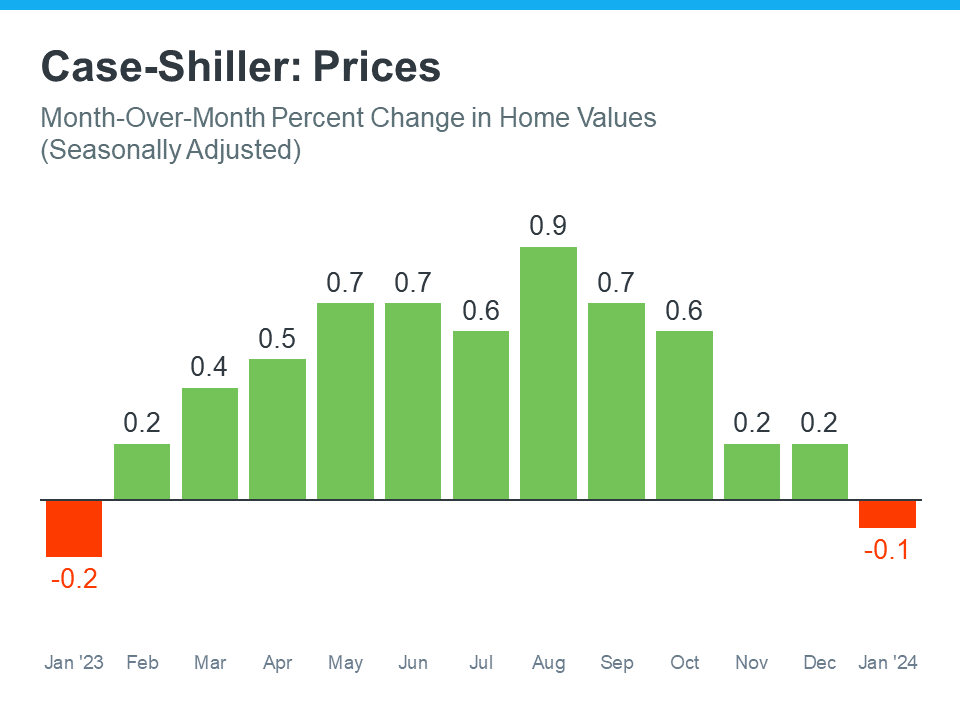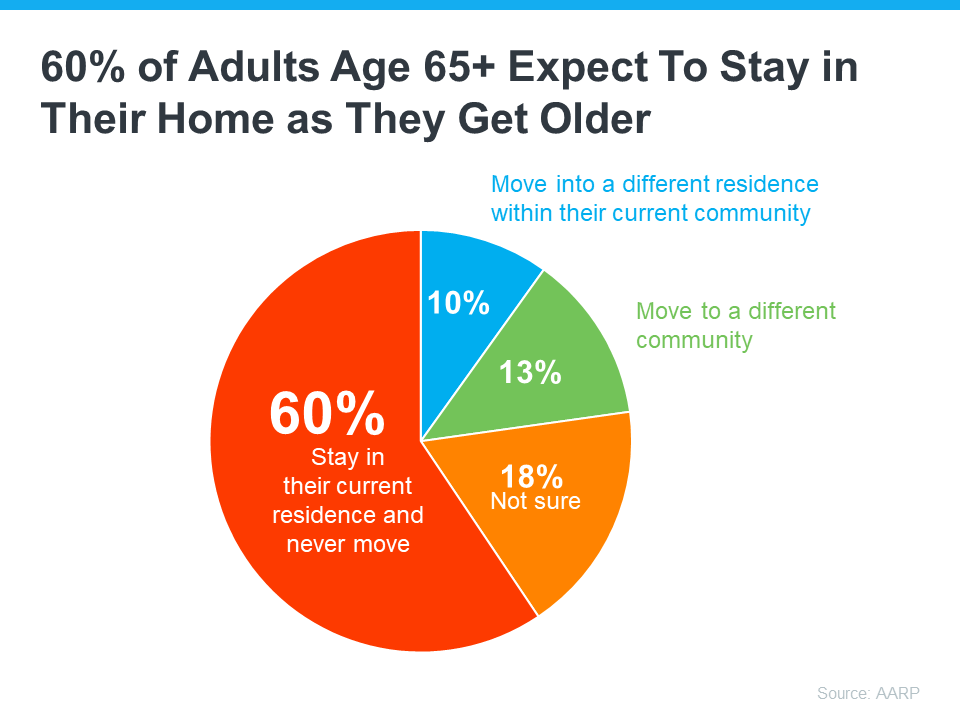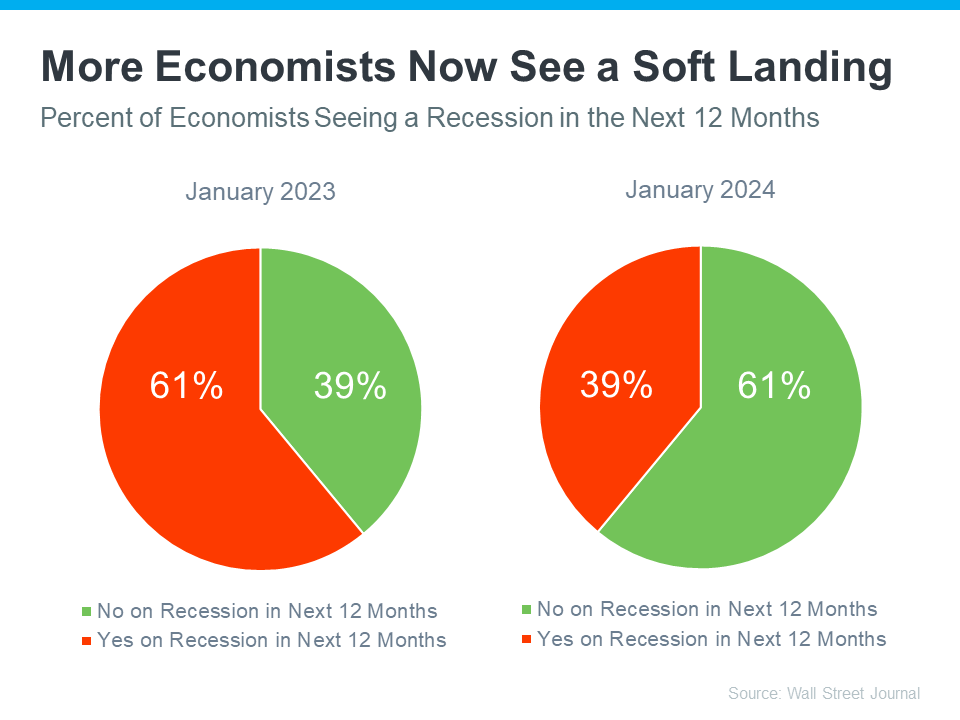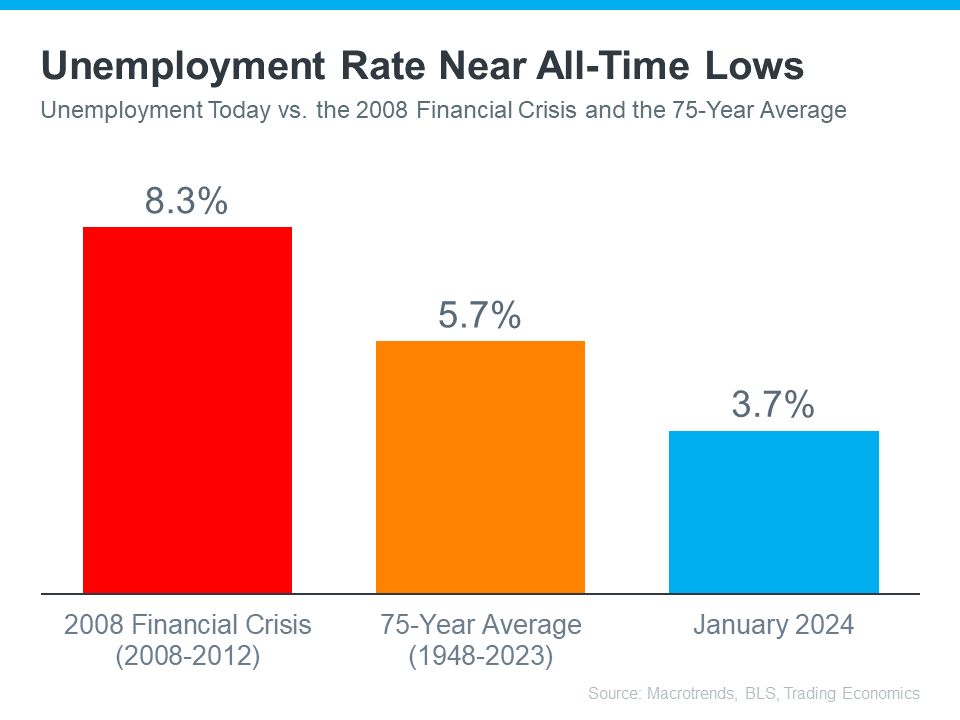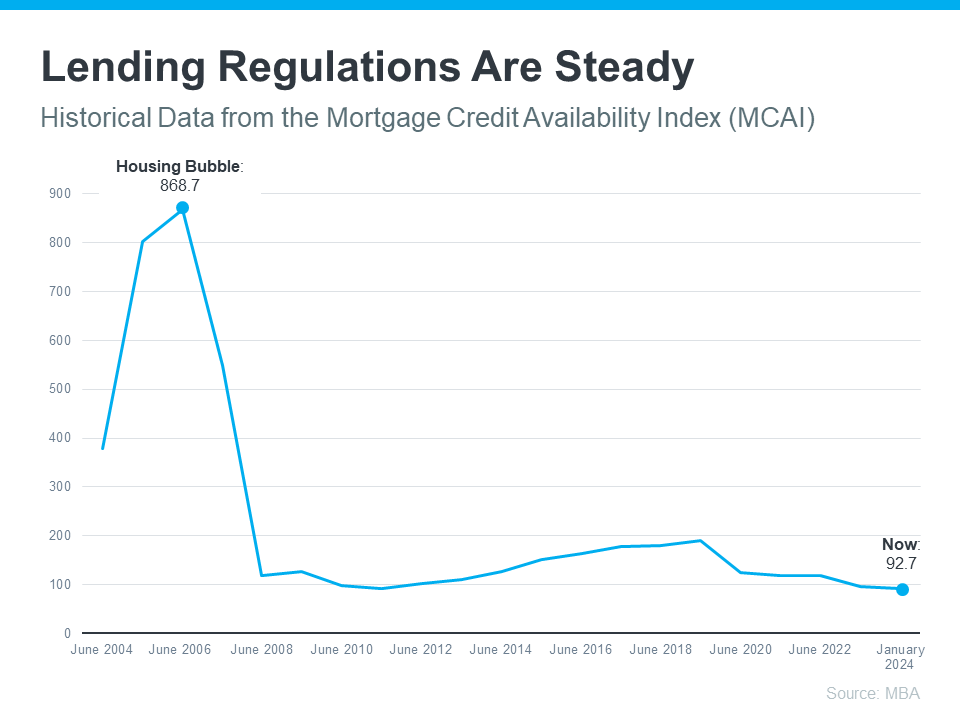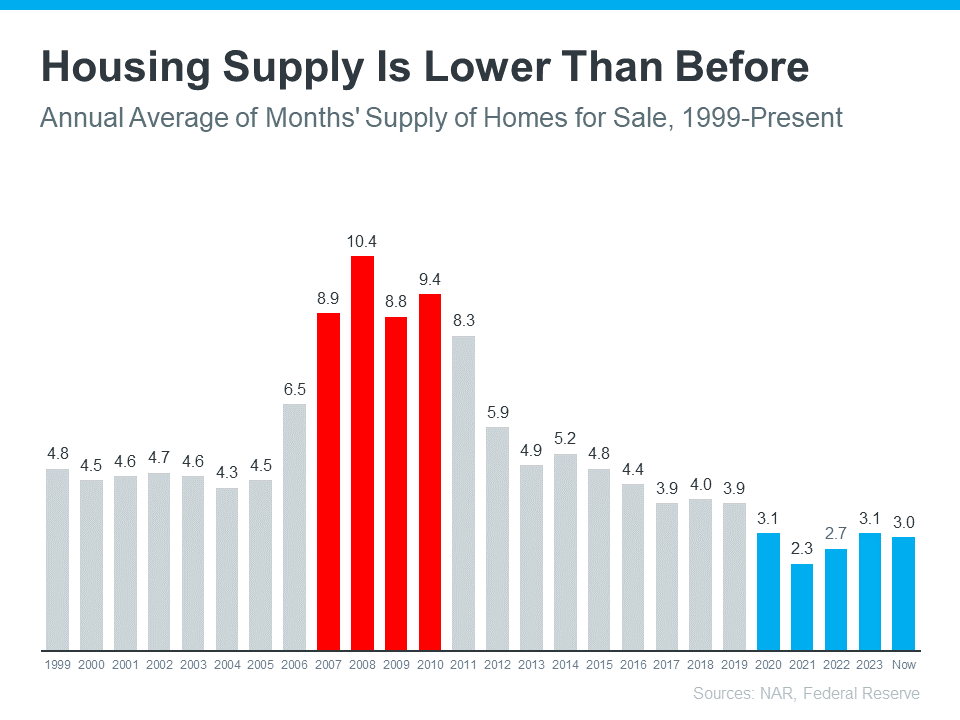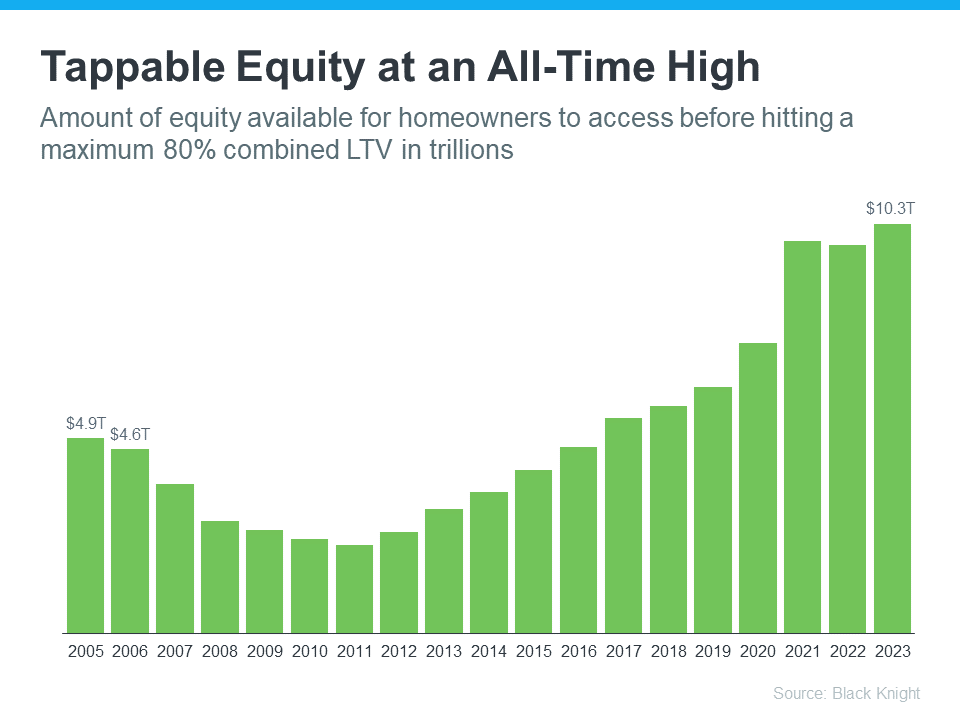While you’ve been out and about living your life, your house has been quietly building your wealth in the background.
And that hidden wealth is called equity. When prices go up over time and as you pay your mortgage, that number climbs.
According to the latest data, the average homeowner has around $302K in equity right now. That’s 6 figures you could be sitting on without even realizing it.
When was the last time you had a professional show you what your home is actually worth, and how much equity you likely have?
Contact us and we’ll run your personalized numbers, so you know exactly what you’re working with. It might be exactly what you need to fuel your next move…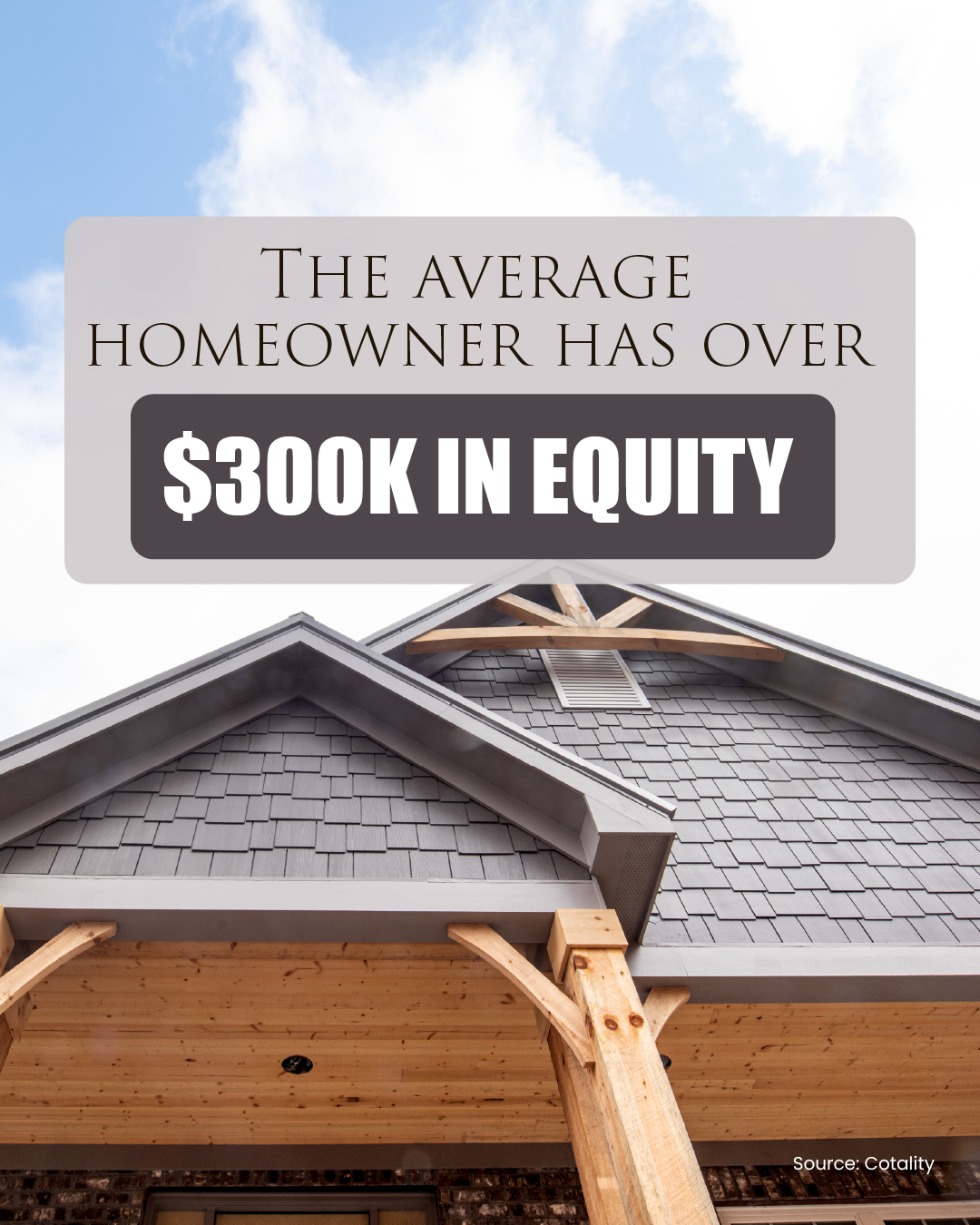



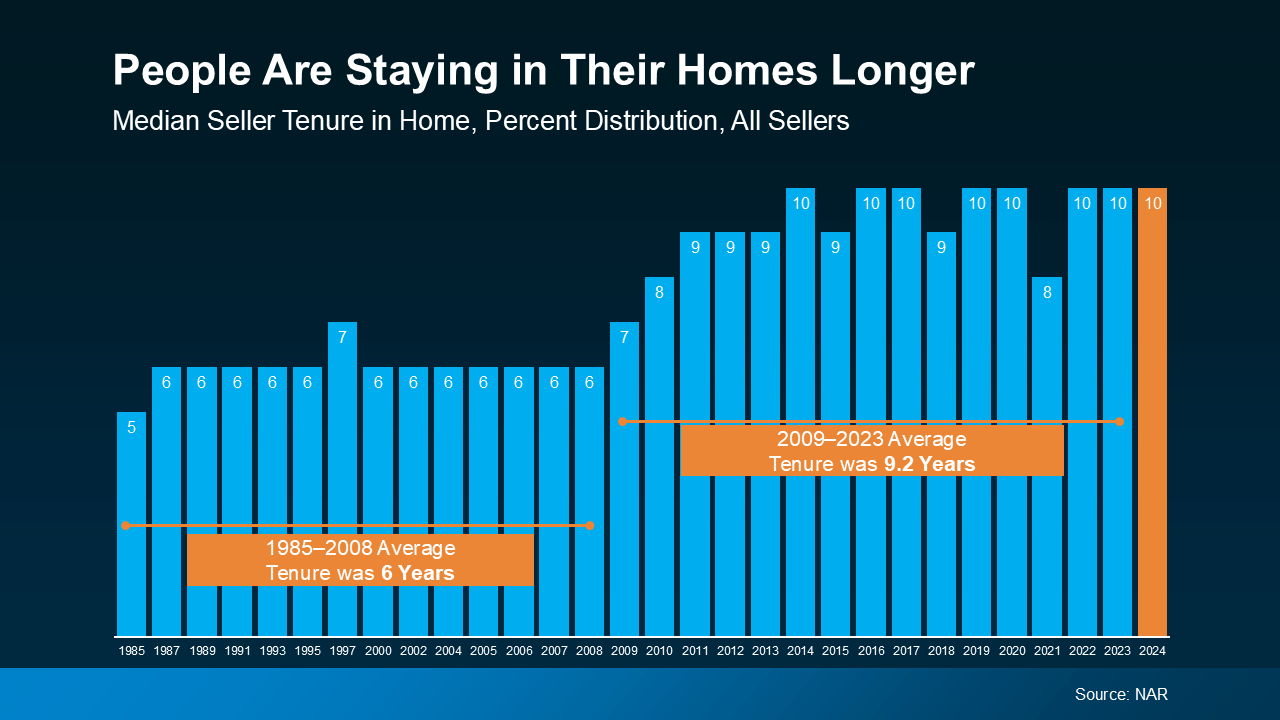

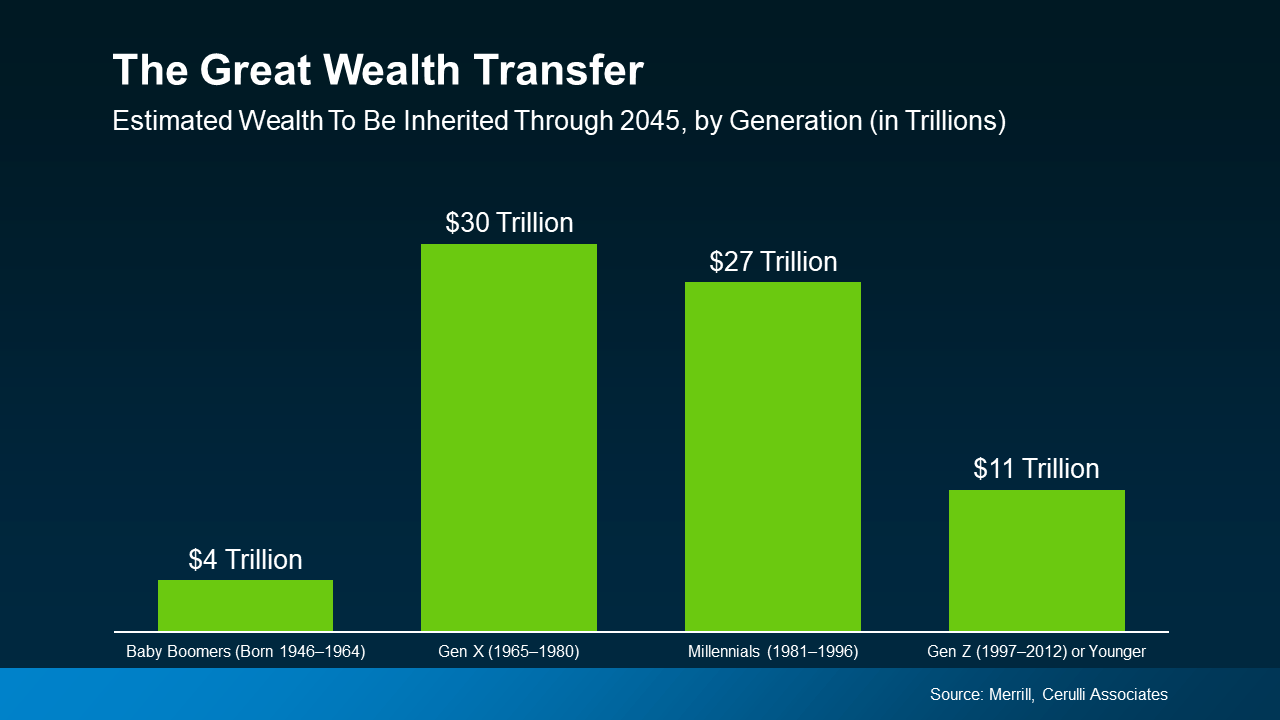 Impact on the Housing Market
Impact on the Housing Market
